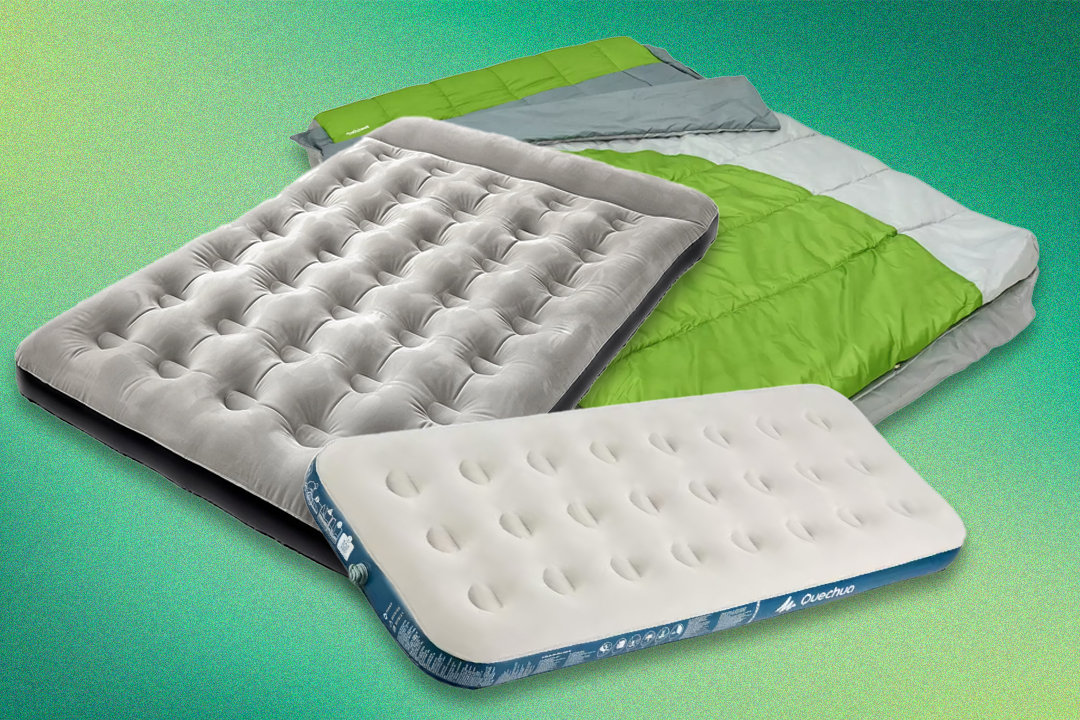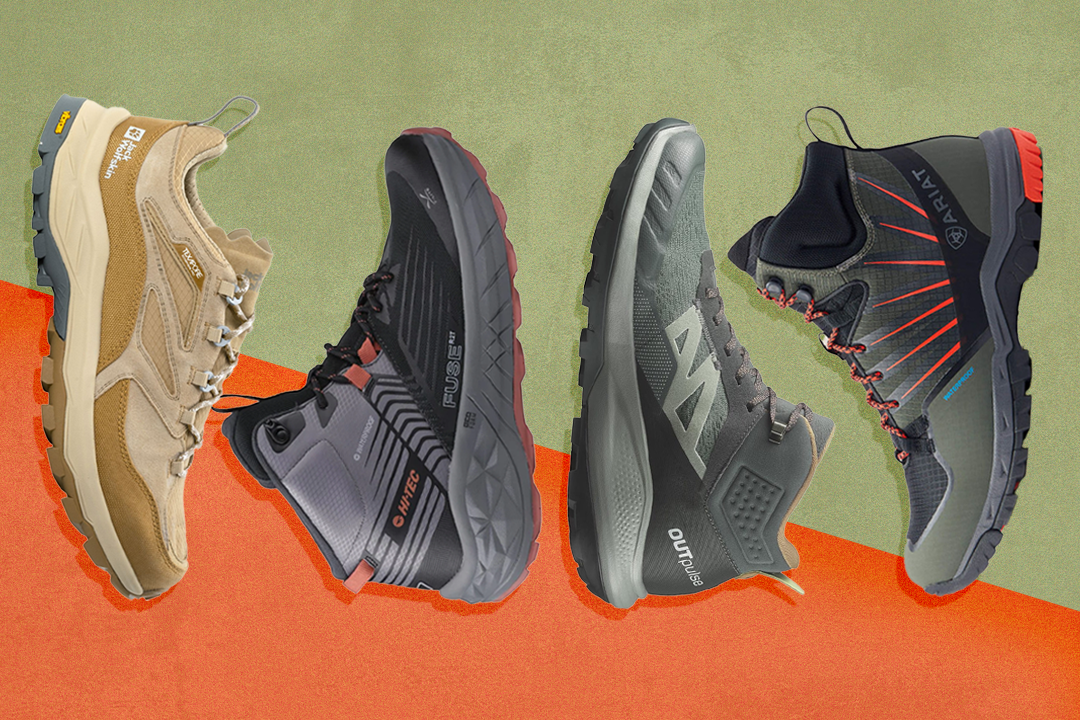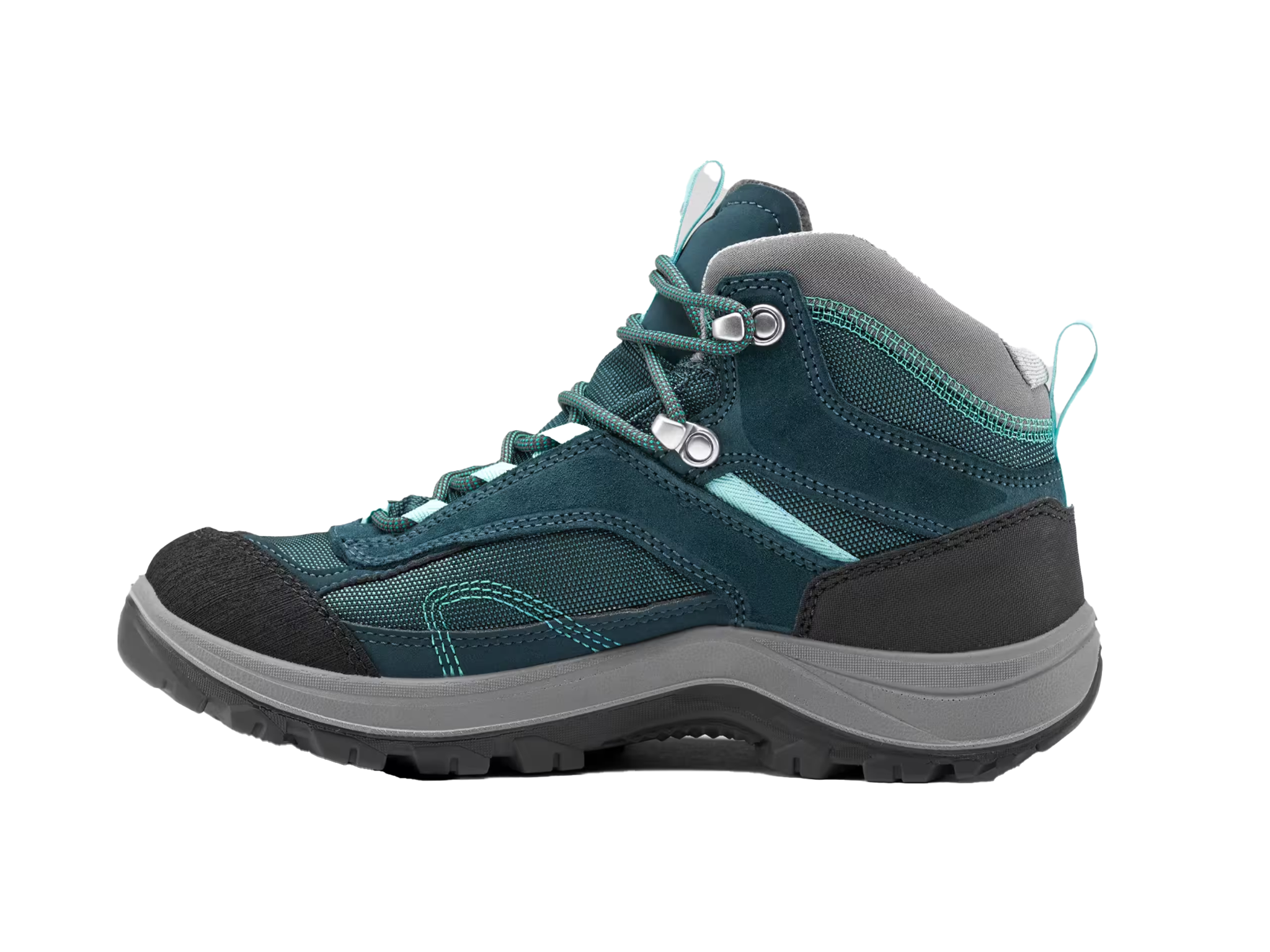
Stay up to date with notifications from The Independent
Notifications can be managed in browser preferences.
The Independent's journalism is supported by our readers. When you purchase through links on our site, we may earn commission. Why trust us?
11 best women’s hiking boots, tried and tested by our expert
Enjoy the great outdoors in a trusty pair that’ll go the extra mile (or five)
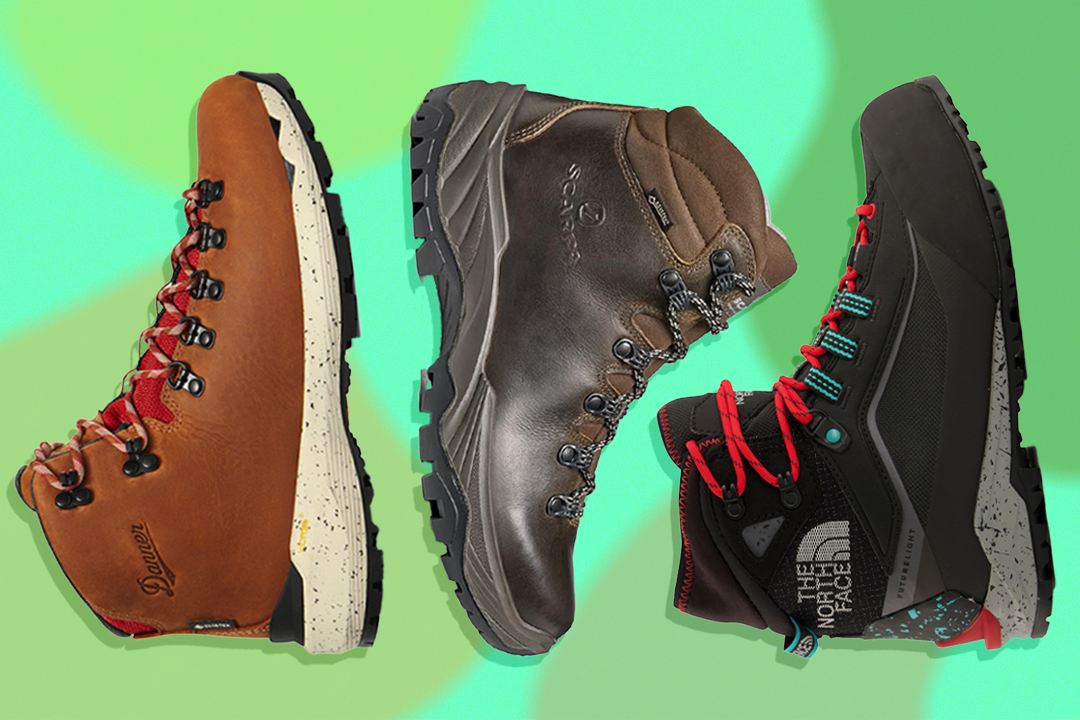
- 1
 2
2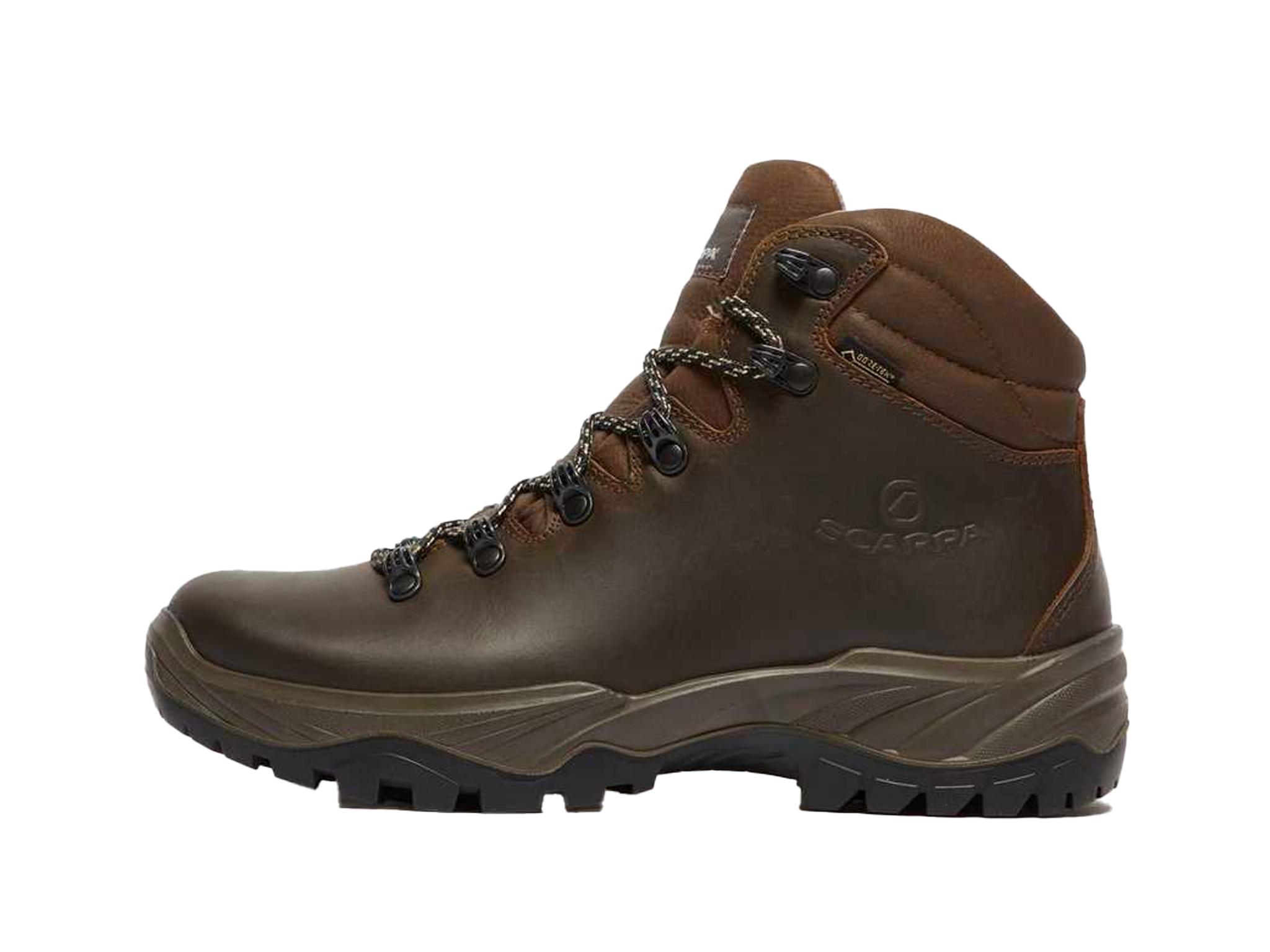
- 3
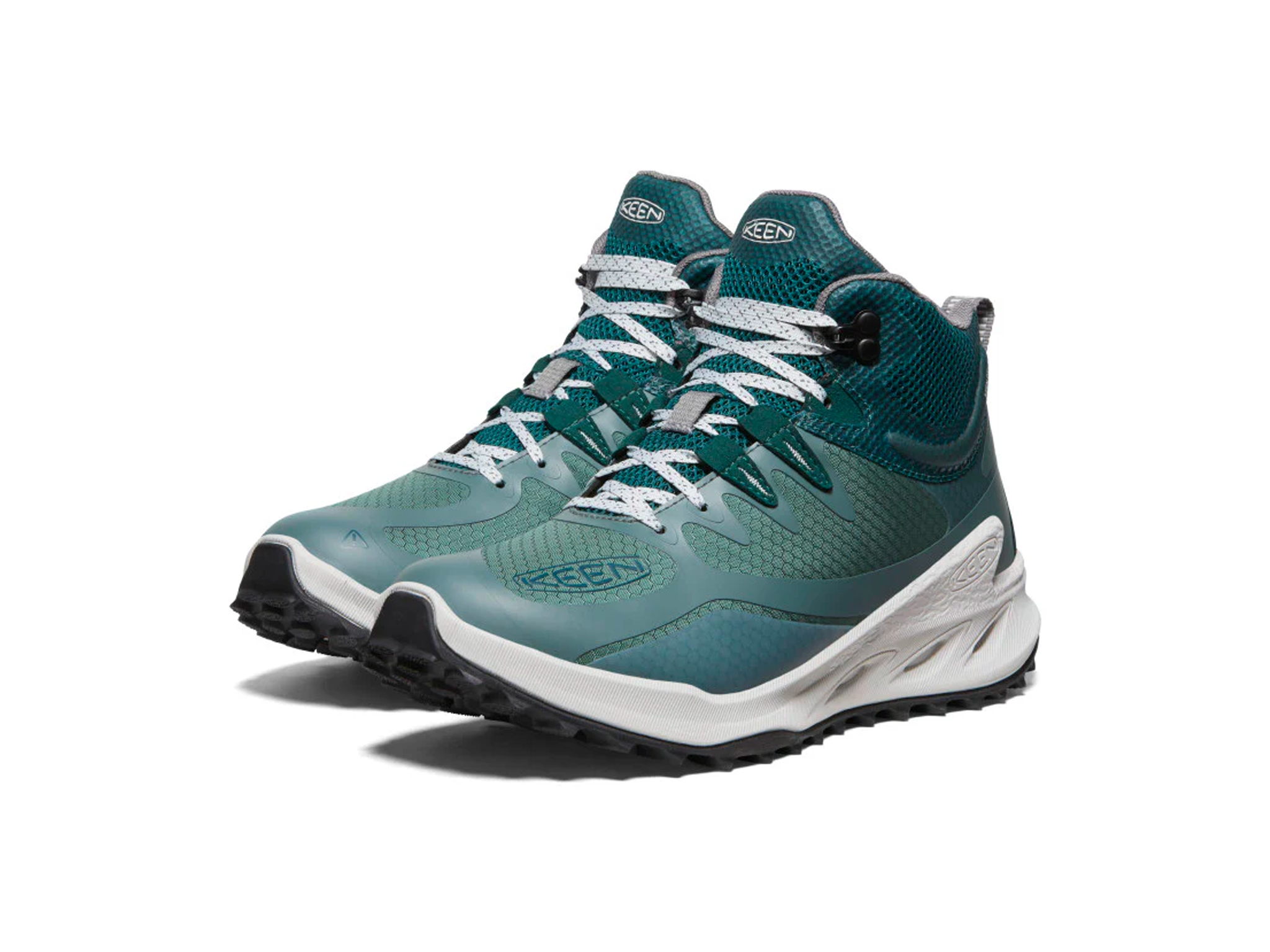 4
4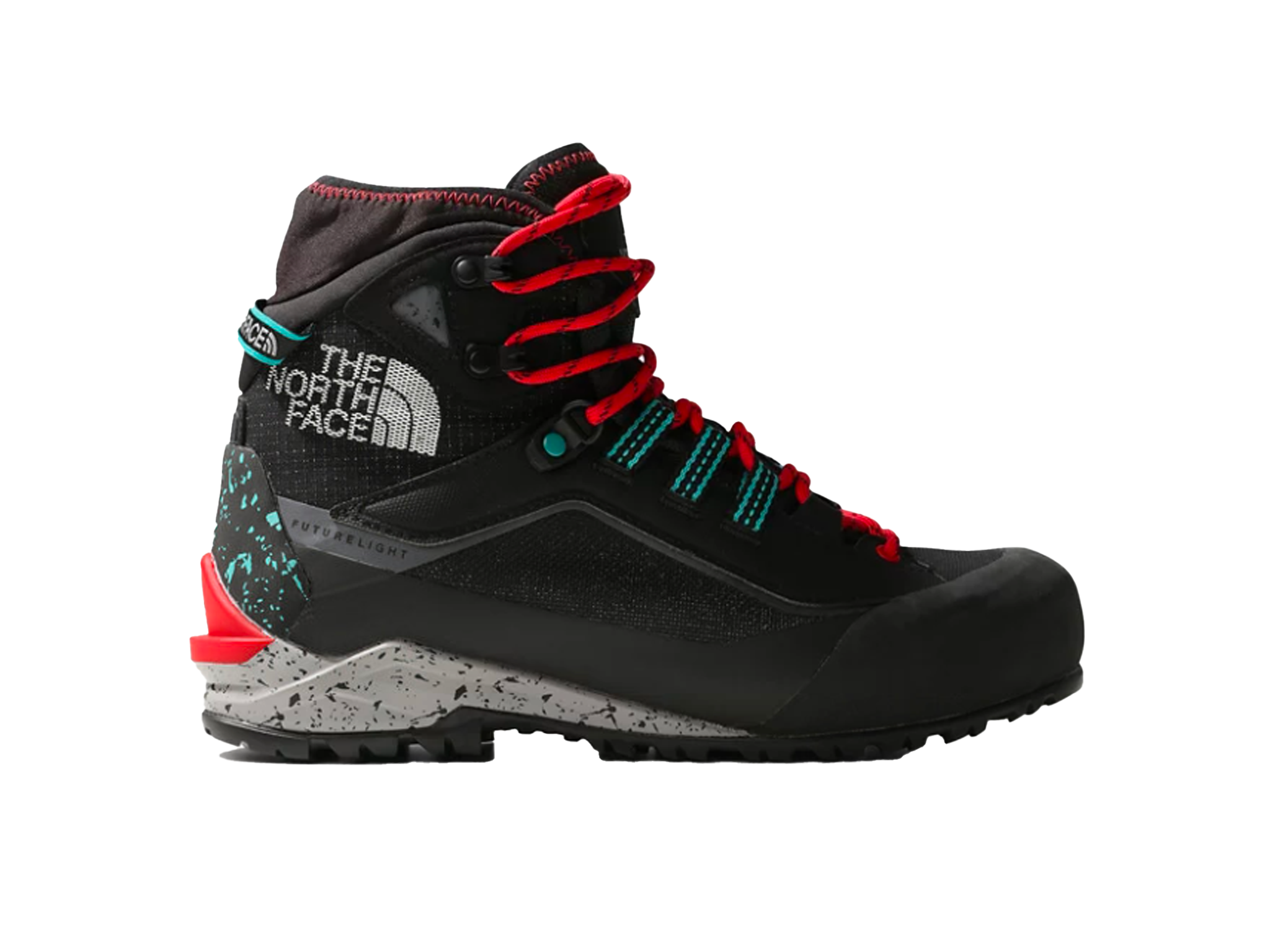
- 5
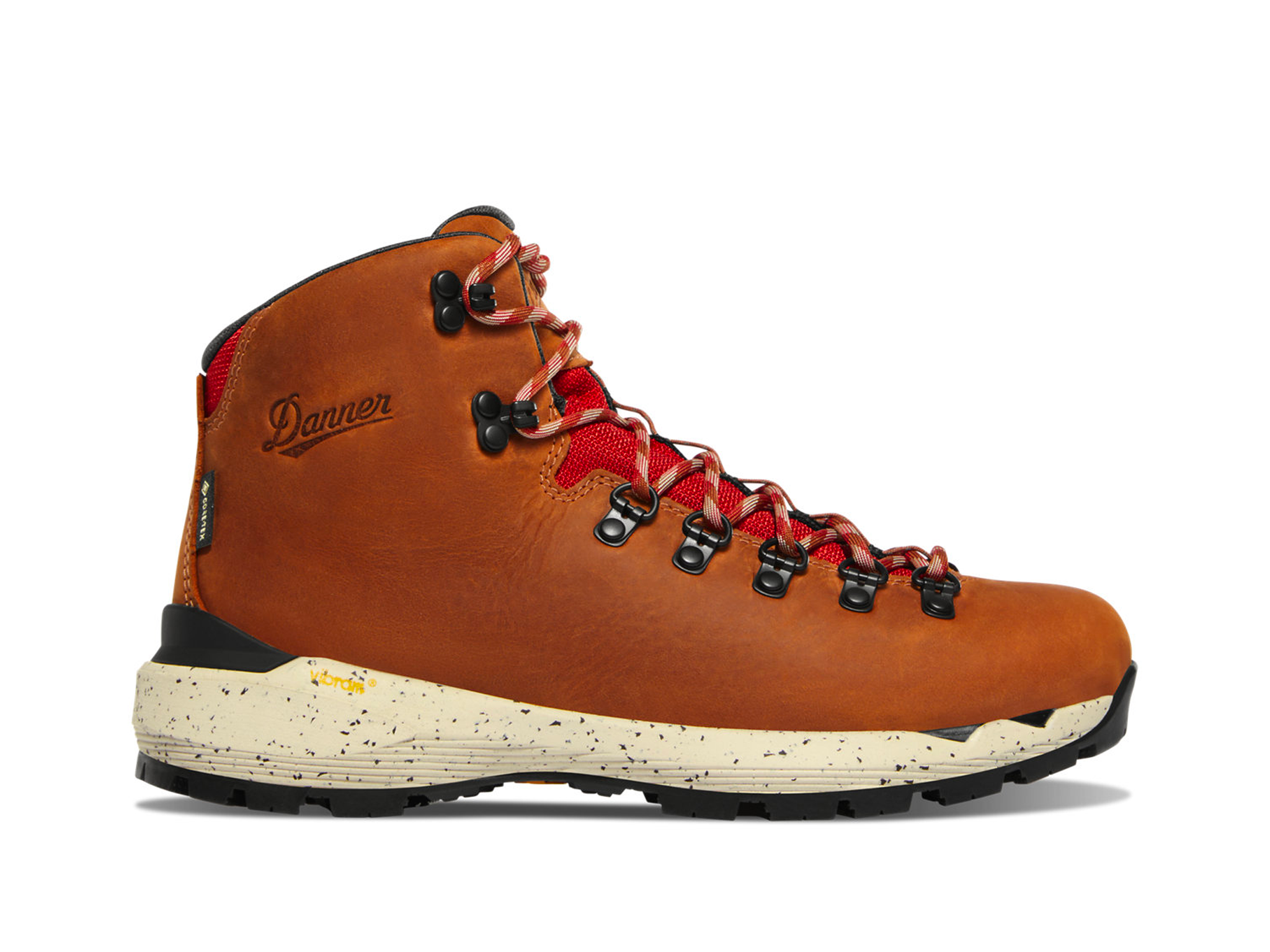 6
6
- 7
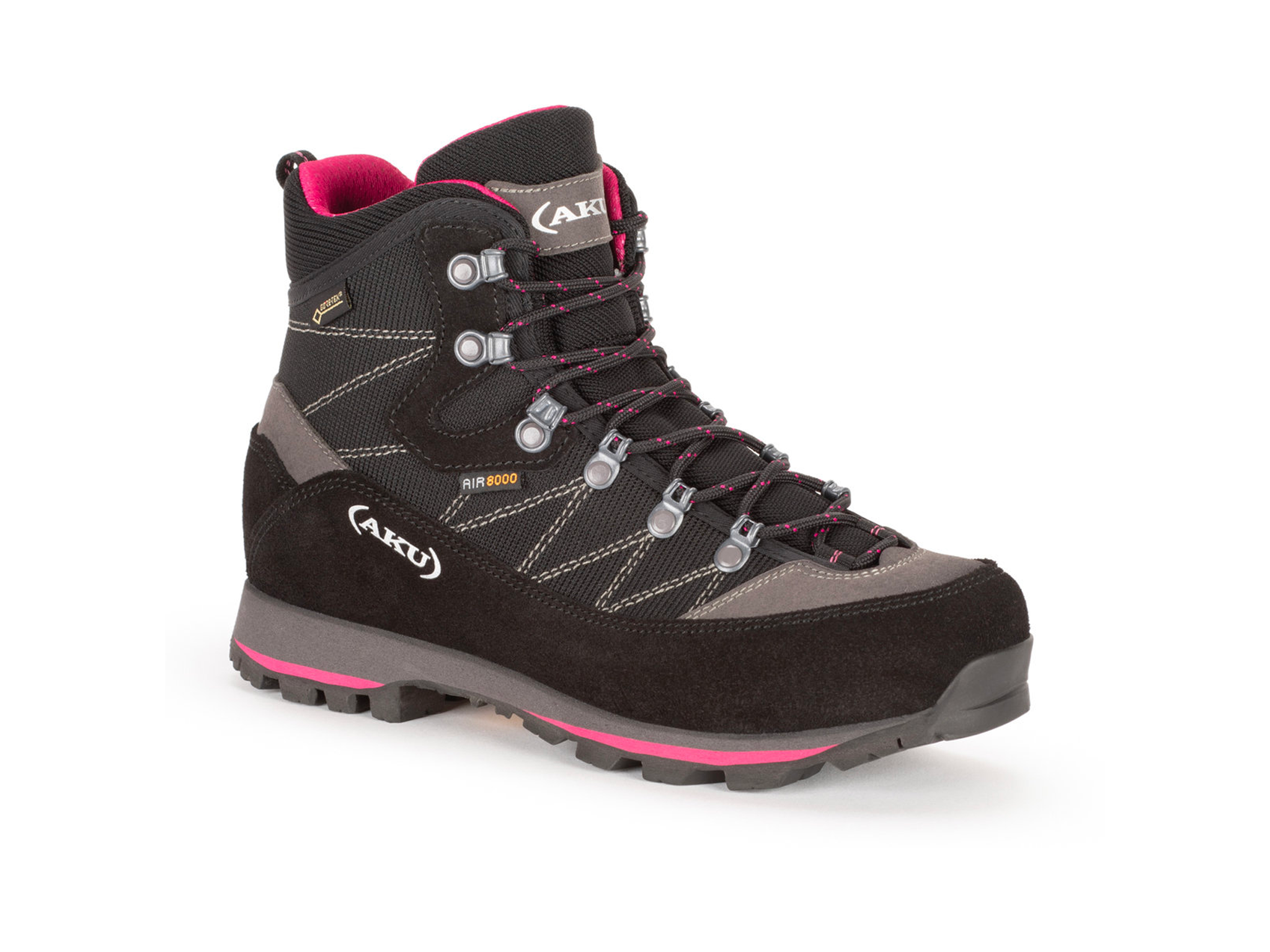 8
8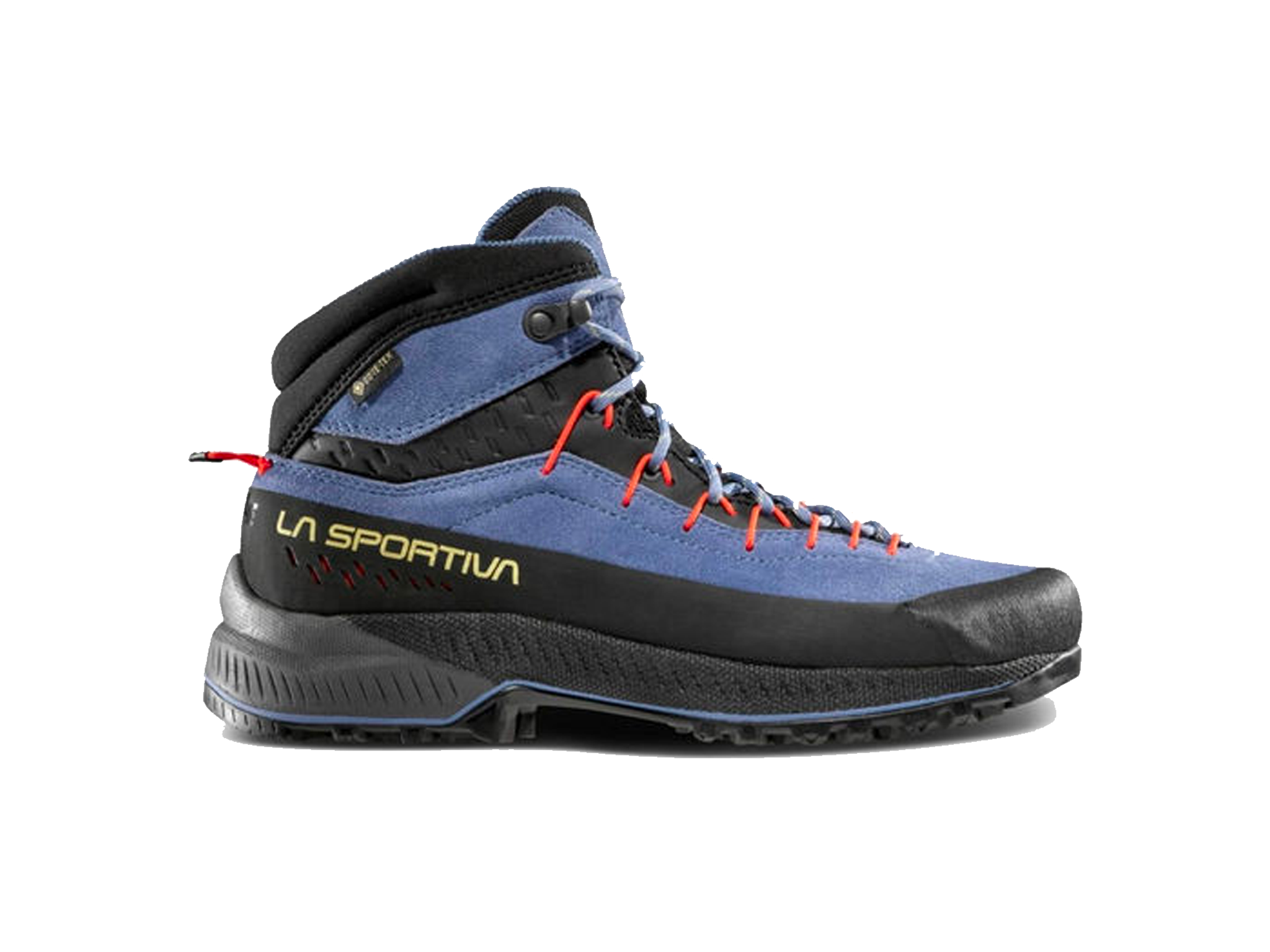
- 9
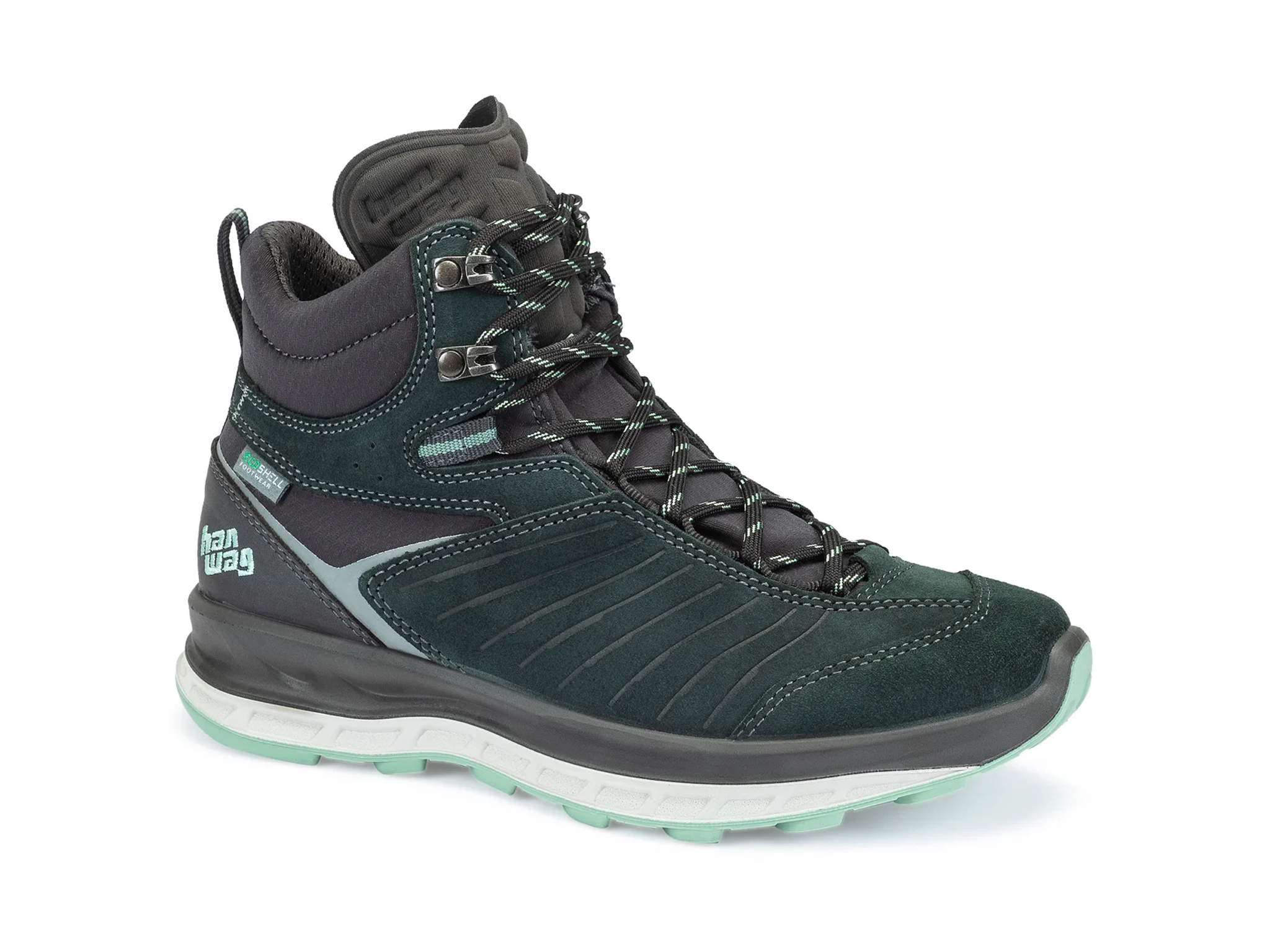 10
10
Any rambler knows that you should never underestimate the importance of a comfortable pair of hiking boots.
But finding a good pair of boots is tricky. Different styles have different benefits on different trails, and the right pair of boots even depends on the time of year.
For example, leather boots hold up well over time and are warm in winter, but prepare for them to take some wearing in. Fabric boots, on the other hand, are lightweight and breathable, but they don’t have the same longevity.
Good walking boots should have built-in waterproofing and thick soles with deep lugs for grip. If you’re hiking in summer, a breathable membrane to wick away sweat and keep your feet from overheating is a must.
All of this means that hiking boots can set you back between £100 to £150. However, we’ve tested a range of women’s boots on different trails, in different conditions, and during different times of year. Even the budget-friendly options in this review have proven their mettle.
How we tested
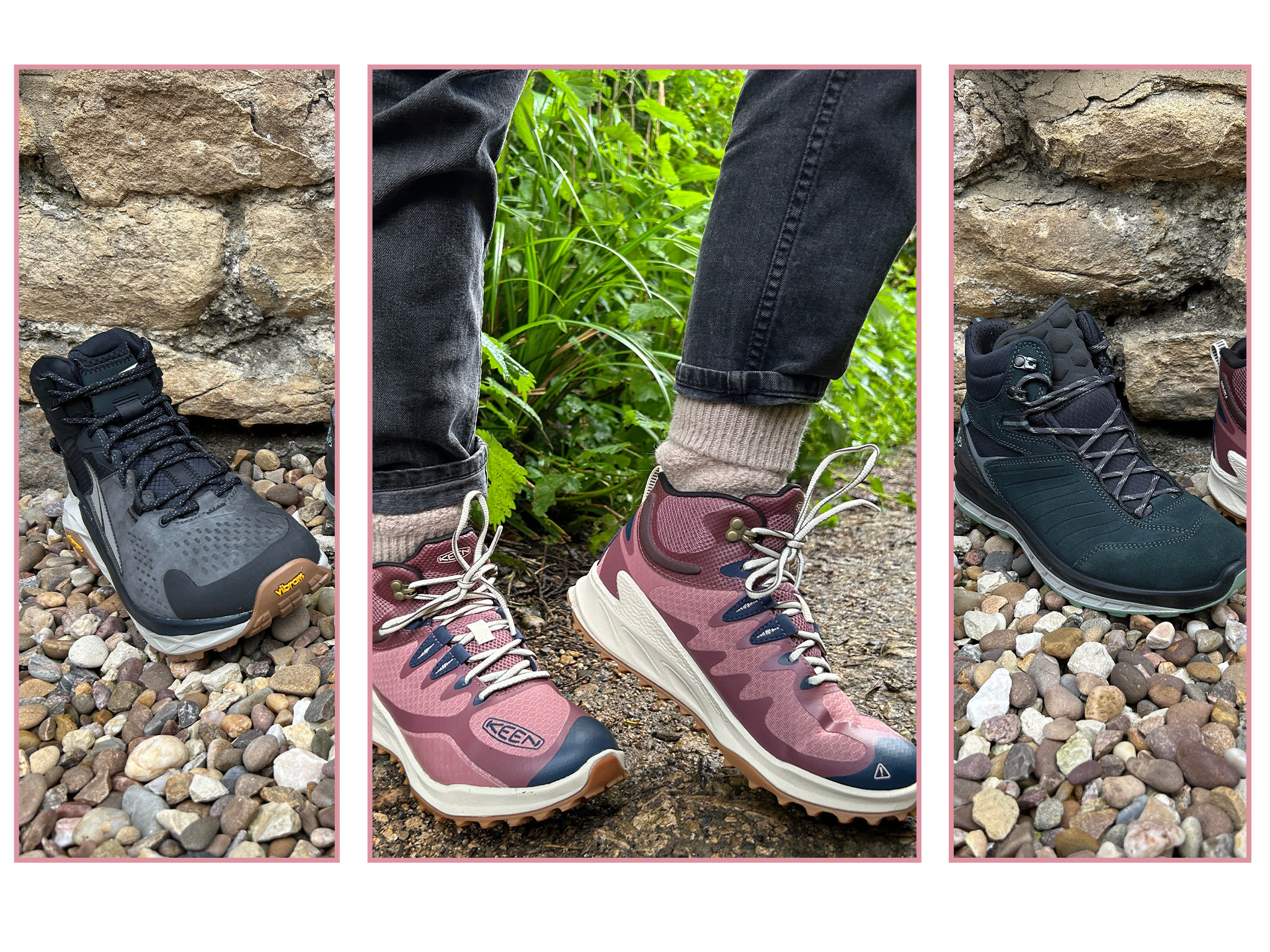
We tested each pair of women’s hiking boots on country trails and hillside treks in all manner of weather conditions over the period of a few months. During testing, we considered how comfortable and durable the boots were while walking mile after mile. We also looked for decent weatherproofing. Overall, we wanted a pair of boots that felt safe, stylish and comfy. Only those that ticked all of these boxes are included in our final list – there are several we tried that haven’t made the cut.
Why you can trust us
Sian is an award-winning travel and outdoors journalist. For IndyBest, she has tried and tested everything our readers might need before braving the great outdoors. From tents to walking poles, she knows exactly what we need for sturdy, durable and affordable hiking gear.
The best women’s hiking boots for 2025 are:
- Best overall – Altra Olympus 5 mid GTX: £94.99, Sportshoes.com
- Best leather women’s hiking boots – Scarpa terra: £178.50, Amazon.co.uk
- Best looking women’s hiking boots – Danner mountain 600 evo: £250, Global.danner.com
1Quechua MH100 Mid walking boots

- Best: Best budget buy
- Main material: Fabric
- Waterproofing: Own brand
- Size range: UK 3-8
- Colour range: Turquoise
- Why we love it
- Affordable
- Comfy
- Good toe protection
- Take note
- Not the most eye-catching
- Better for dry days
You can rely on Quechua, Decathlon’s own brand, for a decent quality hiking kit that doesn’t cost a bomb, and our top pick of the brand’s female hiking boots are these comfortable MH100s. They may not sport innovative looks, but they’ll keep your feet dry over long distances and are reasonably breathable. The soles are nicely cushioned and there’s great toe protection. The ankles are cut rather wide and low, so they’re best used on dryer days and on marked paths rather than over boggy or uneven terrain.
2Scarpa terra

- Best: Leather boots
- Main material: Leather
- Waterproofing: Gore-Tex
- Size range: UK 4-8
- Colour range: Brown
- Why we love it
- Classic look
- Tough yet lightweight
Leather is a bit of a wonder material when it comes to warm walking boots, and Scarpa’s terra is a bit of a classic, both in looks and performance. The terra has that magical combination we look for – it’s tough and lightweight, and we love the high-cut ankle support, which ensures the boots stay in place, whatever you’re scrambling over. Gore-Tex keeps everything waterproof and Vibram provides tough soles and a great grip, even on slippery rock routes. They will be too warm for summer, but perfect in inclement conditions.
3Keen zionic

- Best: For comfort
- Main material: Synthetic
- Waterproofing: Keen Dry
- Size range: EU 35-43
- Colour range: Green, grey, rose
- Why we love it
- Super comfy
- Breathable
We’ve tested most of Keen’s range of hiking boots over the years and we’re going to say it – this brand makes the comfiest walking boots on the market. Keen’s zionic boots look and feel a bit like you’re sporting your favourite trainers, and are just delightful to wear, with cushiony insoles that feel springy even when you’re covering many miles a day. Plus, there’s a mesh upper that lets feet breathe during hot weather. Ideal for summer hikes or for taking travelling, this is the design to pick if comfort is top of your priorities.
4The North Face Breithorn futurelight

- Best: Crampon-compatible boot
- Main material: Fabric
- Waterproofing: Futurelight
- Size range: UK 3-9
- Colour range: Black
- Why we love it
- Great for icy terrain
- Fully waterproof
- Breathable
Trekking in snow and ice? If you’re headed for the highest mountains or are off on a glacier adventure, you’re going to need a trekking boot that will grip ice and is compatible with crampons. The North Face has been designing mountaineering kit since the 1950s, so, it knows a thing or two about alpine adventuring, and the brand’s Breithorn boot is aimed at mountaineers going further than your average weekend trail.
This boot is fully waterproof, breathable and grippy – it had the best grip on ice on test. The payoff is that these are some of the most expensive boots we tested. They’re overkill for casual walkers, but excellent for serious trekkers.
5Danner mountain 600 evo

- Best: For looks
- Main material: Leather
- Waterproofing: Gore-Tex
- Size range: US 5-15
- Colour range: Tan, grey
- Why we love it
- Handcrafted
- Lovely look
- Naturally waterproof
- Tough yet bouncy soles
- Take note
- Expensive
Handcrafted in Portland, Oregon, Danner’s all-American hiking boots have a bit of a cult following over here, thanks to their lovely looks. That said, these beauties also deliver comfort and performance, thanks to a full-grain leather outer, which is naturally waterproofing and is topped up with a Gore-Tex membrane.
Tough yet bouncy Vibram soles feel springy and grippy underfoot, and we like that regular and wide fits are available. It’s worth the splurge if you’re after boots that will look good with jeans and work hard on the hills, but these ae the most expensive boots we tested.
6Jack Wolfskin cyrox texapore mid

- Best: For a female-specific fit
- Main material: Leather and textile
- Waterproofing: Texapore
- Size range: UK 3-9
- Colour range: Beige, grey
- Why we love it
- Tough yet lightweight
- Reliable
- Great fit
Get the toughness of leather and the comfort of a textile boot with Jack Wolfskin’s cyrox, which combines the best of both worlds. This boot stood out on test for its fit, too – some brands make female-specific boots by simply shrinking their male designs, but Jack Wolfskin has created the cyrox specifically to fit women’s feet.
The cyrox shoe also boasts Vibram soles and soft inner soles that were some of the comfiest we tested. Meanwhile, Jack Wolfskin’s own-brand Texapore waterproofing technology proved reliably rainproof when testing, giving Gore-Tex a run for its money.
7AKU trekker lite

- Best: Fabric boot
- Main material: Suede
- Waterproofing: Gore-Tex
- Size range: UK 3-9
- Colour range: Grey/lilac, black/magenta, grey/aquamarine, violet/grey
- Why we love it
- Good ankle support
The Italian-designed trekker lite is our pick of the pack of fabric boots for wear in Britain and is full of all the lovely stuff we’d expect for a boot with a higher price tag – expect deep-lugged Vibram soles, Gore-Tex waterproofing and breathable suede and fabric mixed outer.
These boots also have excellent supportive, close-fitting high ankles. A good lacing system ties up snugly around the ankles, so if tend to sprain or roll your ankles, the trekker lite is perfect for protecting them.
8 La Sportiva TX4 walking boots

- Best: For ankle support
- Main material: Leather, synthetic
- Waterproofing: Gore-Tex
- Size range: EU 37-42
- Colour range: Blue
- Why we love it
- Seriously good grip
- Excellent ankle support
- Take note
- Narrow fit may not suit all
If you like to explore above the tree line, you’re going to need a boot that tackles tougher ground. La Sportiva’s TX4 is a high-cut version of the brand’s popular ‘approach’ shoe (designed for climbers walking on rough, rocky ground) and sports seriously good grip, with Vibram Megagrip soles that are reliable even if you’re clambering over scree and wet rock.
These boots mean business and offer excellent ankle support, but they are a bit stiff out of the box, and their narrow fit may not suit all hikers.
9Hanwag blueridge lady ES

- Best: Eco-friendly pick
- Main material: Suede
- Waterproofing: EcoShell
- Size range: UK 3.5-9
- Colour range: Navy/grey, asphalt/ocean, petrol/mint, light grey/pink
- Why we love it
- Last a long time
- Great grip
- Eco-friendly credentials
Hanwag’s boots have always performed brilliantly when testing and will last and last if you look after them. We like the whole range for women but the blueridge boot excels on groomed valley trails and more challenging hill paths alike, thanks to tough rubber soles and deep lugs for great grip. Pleasingly soft suede uppers look and feel great to wear, moulding quickly to your foot, for a custom comfy fit.
This well-made all-rounder also stands out for its eco-friendly credentials – it’s constructed from recycled materials sourced in Europe and without using PFCs (perfluorochemicals – harmful chemicals that can be released into the environment).
10Adidas terrex free hiker 2

- Best: Trainer-boot hybrid
- Main material: Fabric
- Waterproofing: Gore-Tex
- Size range: UK 3.5-9.5
- Colour range: Black, grey, green, carbon
- Why we love it
- Comfy and light
- A more relaxed versatile options
If you don’t like clompy, heavy hiking boots but need something a bit tougher than your favourite pair of trainers, we reckon this Adidas design has hit the perfect balance of relaxed trainer and tough walking boot. A springy sole and cushioning foam insole are paired with rain-repelling Gore-Tex, and the close-fitting stretchy collar is great for keeping rain and debris out of your socks. The Free Hikers look as good worn in the city as they do in the countryside, too.
Hiking boots FAQs
We spoke to Scarpa UK managing director Steve Roberts, to get the lowdown on all things hiking boots.
Leather vs fabric boots
“A well-made leather boot has spent a long time (upwards of 24 hours) being moulded on a unique foot shape known as a ‘last’,” Steve explains. “A well-lasted boot will provide a long-term sculpted fit that provides support and function. Leather is a fantastically durable material and easy to care for.”
He adds that fabric boots are usually derived from a hybrid of modern fabrics that are lightweight, instantly comfortable and quick-drying. “Fabric boots usually require an added waterproof membrane, such as Gore-Tex, to provide water resistance,” he says. “They can be more challenging in terms of maintaining performance than an all-leather boot.”
How long will boots take to break in?
“A modern, well-made boot will provide out-of-the-box comfort,” Steve says. “The more supportive the internal midsole and the more supportive the upper will dictate the amount of time the materials will take to optimally mould around your foot. A modern lightweight fabric boot will feel optimum on day one, in contrast, leather will feel comfortable out of the box but will get better and better with more miles.”
How should I look after my new boots?
All boots will benefit from regular cleaning and application of care products – these vary from waxes and creams for leather and paint-on applications for fabric boots. On wet days, Steve recommends that you endeavour to dry your boots as naturally as possible. “Removing the footbed will aid drying, and these can be replaced periodically, to reinstate shock absorption,” he explains.
What should I consider when buying hiking boots?
Steve recommends matching the style of boot you buy to the terrain on which you plan to walk. A mid-cut boot will do for flat trails or coastal paths, but a supportive boot is best for steep hills (particularly when carrying a pack).
The further off the beaten track you are, the more likely you are to encounter wet, muddy, boggy terrain – so, look for a boot with protection and waterproofing/repellency.
Soles tend to match the style of the upper, so, a higher-cut, more supportive boot will also have a more aggressive sole with multidirectional cleats for propulsion and grip.
You will also need to consider which shape is right for you. “Once you have narrowed your choice on an appropriate style, the most crucial selection comes down to the best fit for your foot shape. The best way to do this is to try multiple pairs on at an outdoor specialist store, where you will usually find both a broad selection of styles and expert advice,” Steve says.
If you’re buying in-store, there may also be artificial slopes and terrain samples, so you can get a sense of how your boot feels going up or downhill.
If you buy online, however, consider buying a size larger than your usual shoe. You will want to wear thick hiking socks in your boots, as your feet will expand as the day goes on, and the added weight of a pack increases your toe spread. “If you have to buy online, we would recommend trying a number of pairs and wearing them around the home to ensure you feel entirely happy with your selection before venturing out on that first walk,” Steve explains.
It’s really important to get the fit right because blisters can ruin even the most glorious walk.
The verdict: Women’s hiking boots
There are boots in our round-up to suit all kinds of hikers but our top picks after testing are the Scarpa terra if you’re after a leather boot; AKU’s trekker lite if you like the idea of a fabric boot, and Altra’s Olympus as a go-anywhere all-rounder. If you need a tougher design specifically for trekking or mountaineering, La Sportiva and The North Face have some great mountaineering boots on offer.
Stay dry during hikes, with the best women’s waterproof jackets
